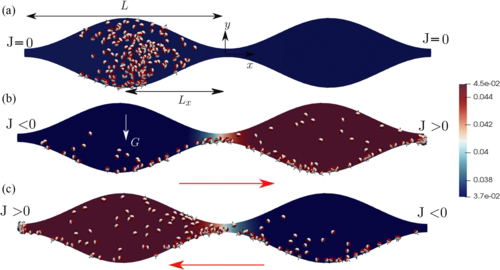<< The use of neural networks in physics is booming. Recently, the tool has helped researchers uncover everything from new magnetic materials (..) to ways to reduce noise in electron beams produced at synchrotrons (..) Seeking their own neural network success, (AA) wondered if the tool could classify knots, a computationally challenging problem. >>
They << applied two different neural networks to the problem—a recurrent neural network (RNN) and a feed-forward neural network (FFNN). >>
<< The RNN achieved 99% accuracy >>
Katherine Wright. Neural Networks Know Their Knots. Physics 13, s19. Feb 11, 2020.
Olafs Vandans, Kaiyuan Yang, et al. Identifying knot types of polymer conformations by machine learning. Phys. Rev. E 101, 022502. Feb 11, 2020.
Also: network, neuro, in: https://www.inkgmr.net/kwrds.html
Keywords: gst, network, neural network, knots







